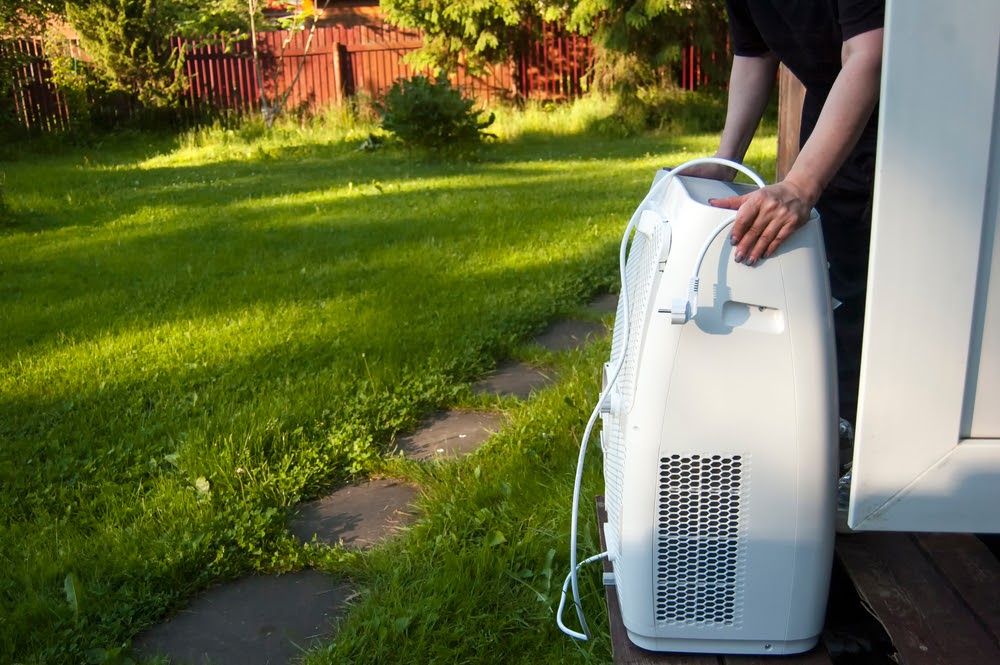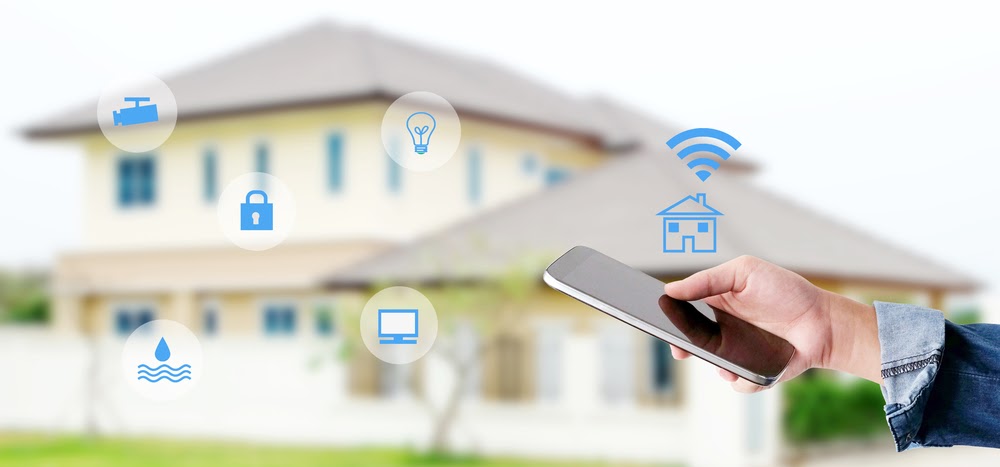An Energy-Efficient Portable AC Cools the Home Without Torching the Budget!
Older homes might not be wired for a central air conditioning system. When summer hits, these homes may be a challenge to keep cool. Maybe part of the home can include central, while other rooms are warm and miserable.
How can homeowners cool down when central air is not possible…or too expensive? An energy-efficient portable AC helps cool the home without heating up energy use or torching the budget!

What is a Portable AC?
AC is short for air conditioner! A portable air conditioner is one that can fit in a window or can be moved to another location in the room. And while many may associate these units with the big bulky beasts positioned outside windows, this isn’t always the case.
Portable air conditioner units are available in sleek designs now. These units can keep the home cool, while also looking…cool.
As with many appliances, however, homeowners need to do their research before making their purchase for a portable air conditioner. Not all units are energy efficient, and this could add more money to the electricity bill. Another option is to go for a portable aircon rental instead of buying.
Look at the Energy Efficiency Ratio
The energy efficiency of small or portable air conditioners is noted by the energy efficiency ratio (aka EER). Only portable air conditioners use this measurement.
So what is the EER? The ratio refers to the relationship between the cooling output and the energy input. The energy for these units is electricity. Here’s the exact equation for measuring EER:
Homeowners shopping for a portable AC unit want to find options with the highest energy efficiency ratio. These units also will include an ENERGY STAR label.
To make the hunt for energy-efficient portable AC units less stressful, homeowners can visit the ENERGY STAR website which compiled a list of energy-efficient models.
Are Portable AC Units Expensive?
Homeowners can find portable AC units in fairly low price ranges. These appliances usually aren’t extremely expensive. An energy-efficient model, though, could be a bit more than one that isn’t so efficient.
This particular GE model has an EER of 15.7 (it’s the most efficient model on ENERGY STAR’s list). The price is around $354. However, homeowners can find less expensive options if they need to watch the budget.

Other Ways to Keep Electricity Costs in Check
Portable air conditioners operate via electricity. While energy-efficient models may use less electricity than other models, homeowners can make other changes to help maximize efficiency.
Opt for a warmer temperature on air conditioners. The most energy efficient temperature for the air conditioner’s thermostat is 78 degrees Fahrenheit. This helps ensure that the unit isn’t constantly kicking on and sucking energy. The room and home should be comfortable, not polar!
Homeowners also can use ceiling fans to circulate cool air in rooms. During summer, blades should rotate counterclockwise.
While keeping the drapes and blinds open during the day can save homeowners when it comes to the cost of lighting, during hot summer days that sun is actually wreaking havoc. Yes, the sun serves as natural light. However, it’s also adding more heat to the room and the home. Close the drapes!
To ensure that none of that hot summer sunlight creeps into the room, opt for blackout curtains. These can be found in many different colors and patterns. Crafty homeowners can even sew their own!
Although heating and cooling account for nearly half of the home’s energy use each month, other factors contribute, too. Leaving the television on or the lights can burn unnecessary electricity…and add to the bill at the end of the month.
For homeowners who have a bad habit of turning off lights or unplugging unused appliances, using the Internet of Things can help keep energy drains under control. Using smart plugs and smart powerstrips, appliances can be controlled via the phone or another device.
Homeowners worried they left the dryer running can just check their phone. And switch off the power. The Internet of Things is starting to be compatible with many different appliances. And homeowners also can use voice control to turn on and off the gadgets in their home!
A home energy audit or an energy-efficiency audit also can help find and uncover energy drains. For an easy home energy audit, homeowners can download benefyd. The app will prompt users to enter energy data for the home (keep recent bills nearby when using the app); benefyd also will ask homeowners to take a snapshot of each room (a home “selfie”).
The app can help identify changes to lower energy use and costs. benefyd also can help find rebates!
For homeowners who are struggling to keep an older house cool without a central air conditioning system, though, an energy-efficient portable AC unit could be a cool option. Choose the model that offers the maximum EER at the price that fits the budget to stay cool during summer without heating up energy bills!


